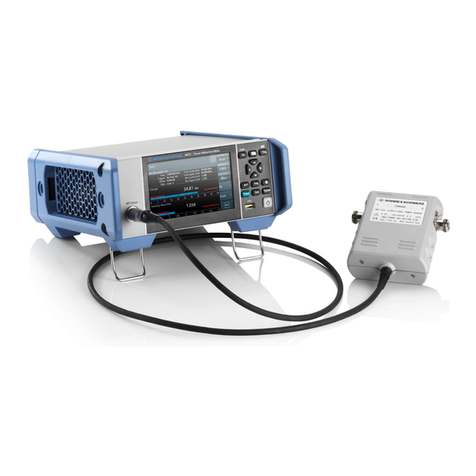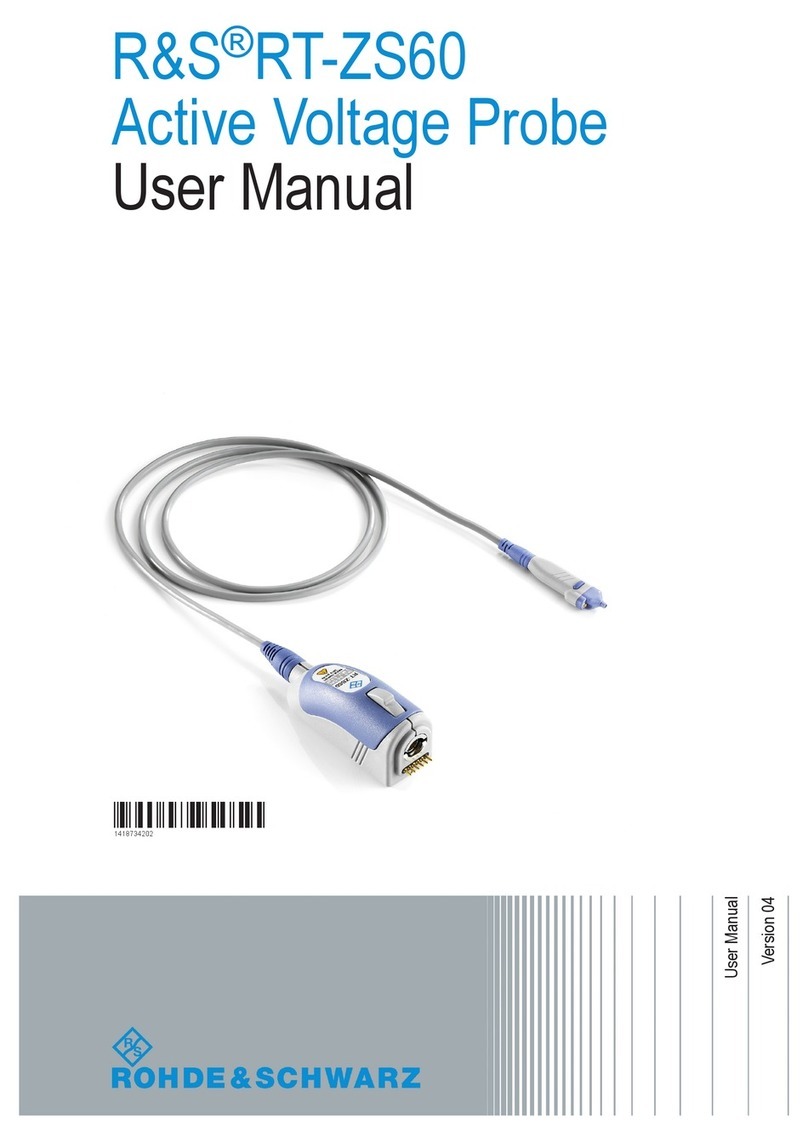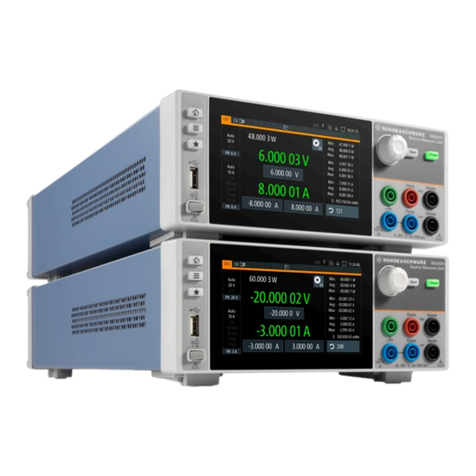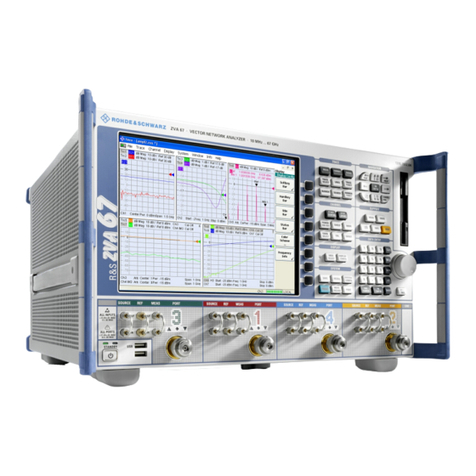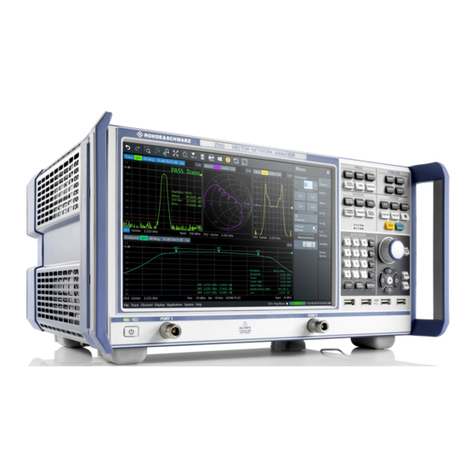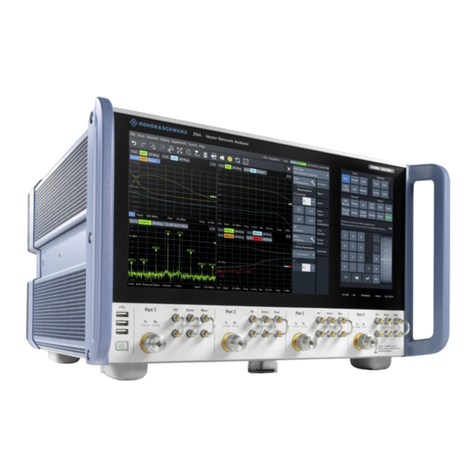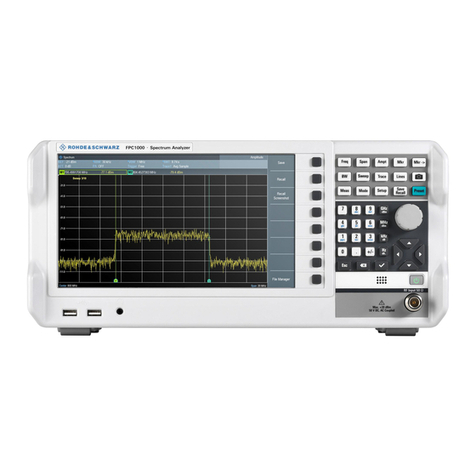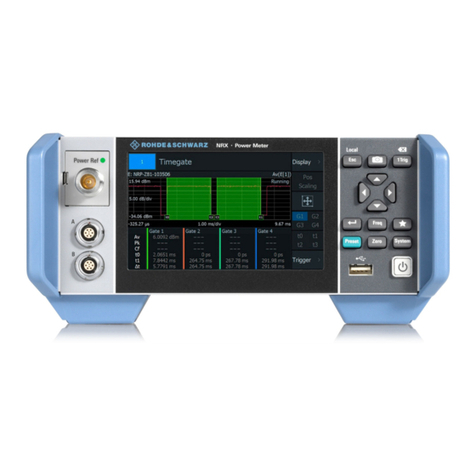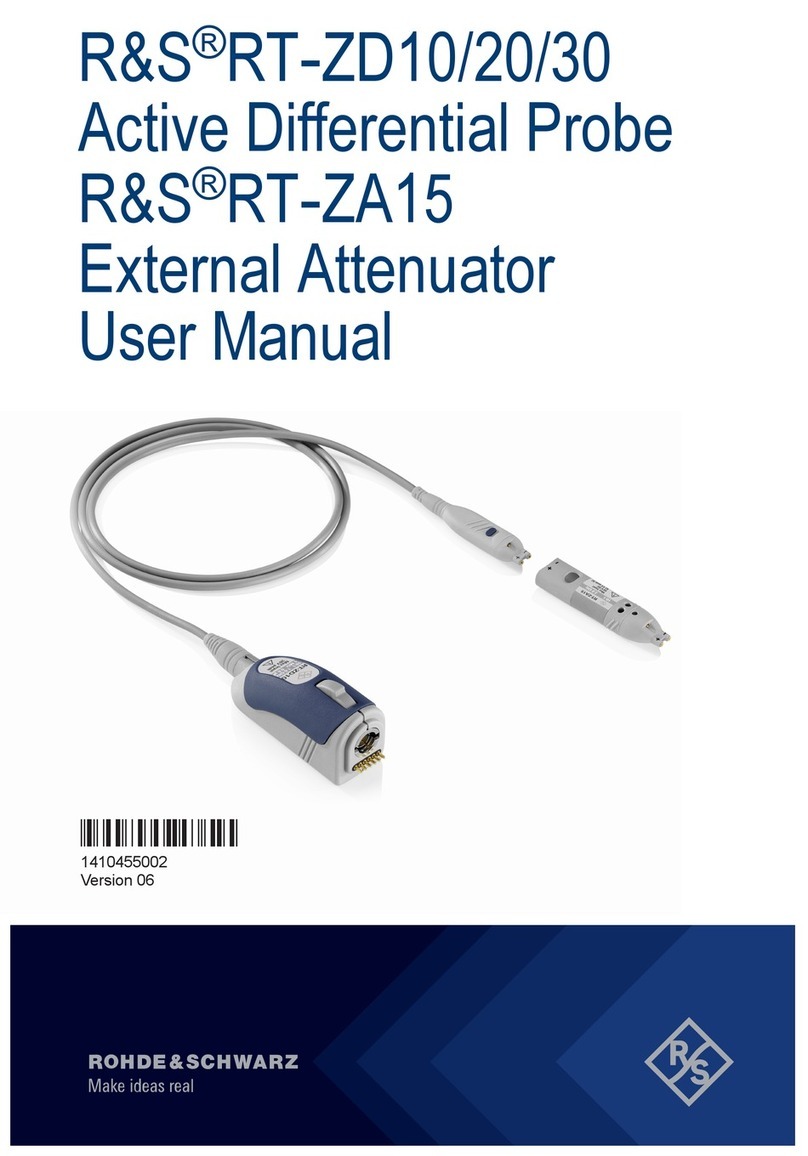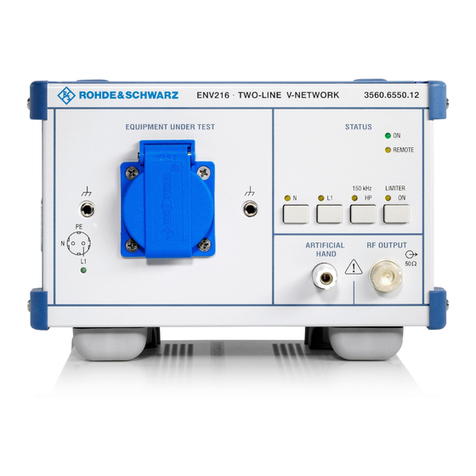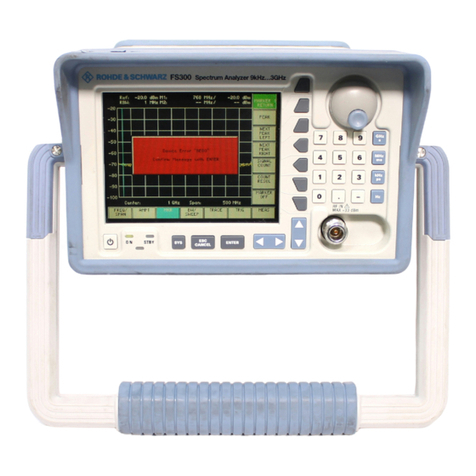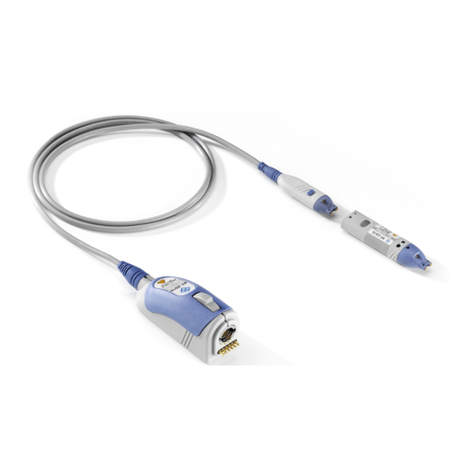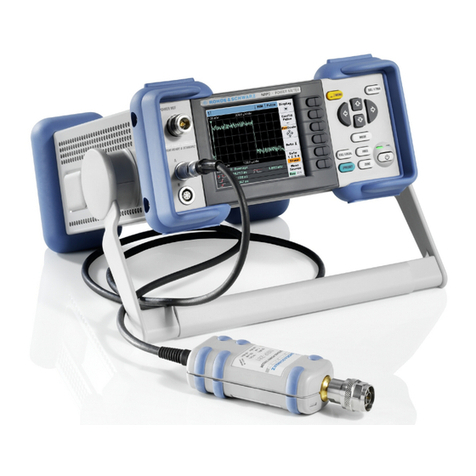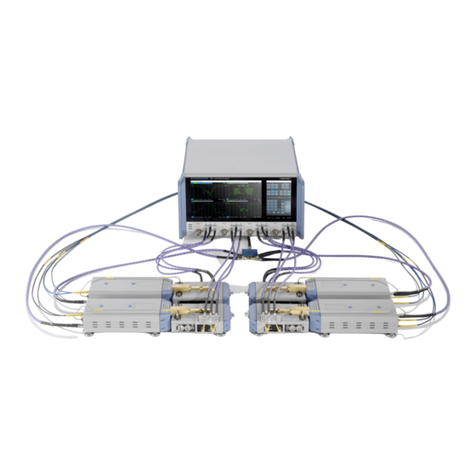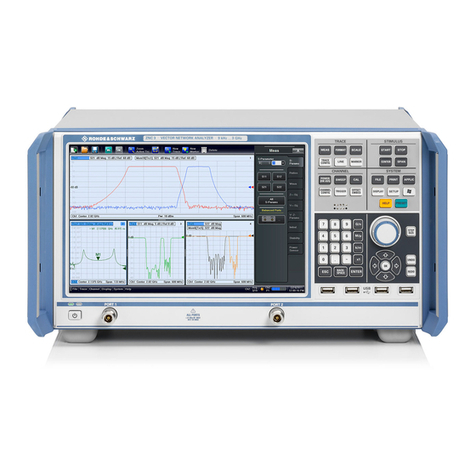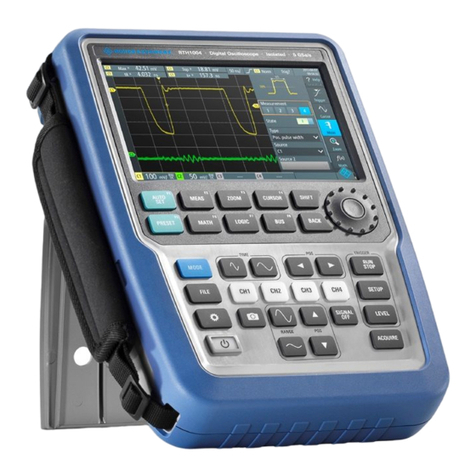
Contents
R&S®NRX
3Getting Started 1424.7070.02 ─ 04
Contents
1 Documentation Overview......................................................................5
1.1 Getting Started Manual.................................................................................................5
1.2 User Manuals and Help.................................................................................................5
1.3 Tutorials......................................................................................................................... 5
1.4 Basic Safety Instructions............................................................................................. 5
1.5 Data Sheets and Brochures......................................................................................... 5
1.6 Release Notes and Open Source Acknowledgment (OSA).......................................6
1.7 Application Notes, Application Cards, White Papers, etc.........................................6
2 For Your Safety.......................................................................................7
3 Key Features...........................................................................................8
4 Preparing for Use...................................................................................9
4.1 Unpacking and Checking............................................................................................. 9
4.1.1 Accessory List................................................................................................................. 9
4.2 Operating Conditions................................................................................................... 9
4.3 Important Aspects for Test Setup..............................................................................10
4.4 Placing on a Bench Top..............................................................................................10
4.5 Connecting to the AC Power Supply.........................................................................12
4.6 Switching On or Off.................................................................................................... 12
4.7 Connecting USB and External Devices.....................................................................13
4.8 Connecting Power Sensors....................................................................................... 13
4.8.1 R&S NRPxxS/A/T and R&S NRQ6............................................................................... 13
4.8.2 R&S NRP‑Zxx............................................................................................................... 14
4.8.3 R&S NRT-Zxx................................................................................................................14
5 Instrument Tour....................................................................................15
5.1 Front Panel Tour..........................................................................................................15
5.1.1 Sensor Connector A and B........................................................................................... 15
5.1.2 Module Bay................................................................................................................... 16
5.1.3 Touchscreen..................................................................................................................16
5.1.4 Keys.............................................................................................................................. 16
5.1.5 Cursor Block..................................................................................................................18












